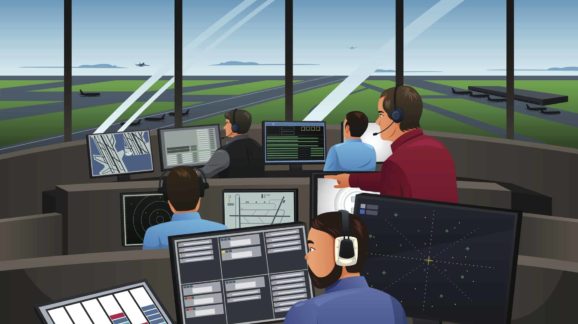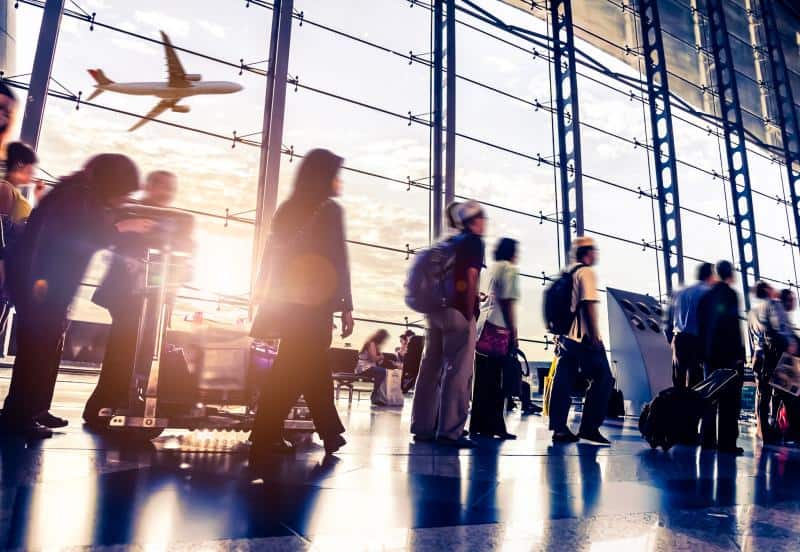Even without Air Traffic Control Reform, House FAA Bill Improvement to Status Quo

 CEI is disappointed that House Transportation and Infrastructure Committee Chairman Bill Shuster’s (R-PA) proposal to modernize U.S. air traffic control governance for the 21st century (21st Century AIRR Act, H.R. 2997) failed to gain traction among many of his colleagues. Thanks to misinformation peddled by the corporate jet lobby, general aviation, left-wing ideologues, and their allies, members of Congress declined to do their jobs and fix America’s broken and obsolete air traffic control system. For shame.
CEI is disappointed that House Transportation and Infrastructure Committee Chairman Bill Shuster’s (R-PA) proposal to modernize U.S. air traffic control governance for the 21st century (21st Century AIRR Act, H.R. 2997) failed to gain traction among many of his colleagues. Thanks to misinformation peddled by the corporate jet lobby, general aviation, left-wing ideologues, and their allies, members of Congress declined to do their jobs and fix America’s broken and obsolete air traffic control system. For shame.
Last week, Chairman Shuster introduced his updated Federal Aviation Administration reauthorization bill (FAA Reauthorization Act of 2018, H.R. 4), eliminating the air traffic control reform title, and making a small number of tweaks to his previous bill. The bad news is air traffic control modernization will continue to lag behind the rest of the industrialized world and U.S. air travelers will suffer more delays, longer flight times, and higher airfares. The good news is even without air traffic control reform, Chairman Shuster’s bipartisan legislation offers some important aviation policy improvements.
Most significantly, the safety certification reform title remains in place. This part of the bill aims to address major problems with the FAA’s outdated, prescriptive aircraft certification processes by encouraging the adoption of risk-based, performance standards. Also included are provisions requiring the FAA to monitor its progress and publicly release the results.
The FAA is in the midst of a complex overhaul of its safety programs to meet its risk-based compliance philosophy that debuted under the Obama administration, and H.R. 4’s certification reforms will encourage the agency to go even further. Once these reforms are implemented, the time and resources needed to meet the FAA’s aircraft certification requirements should fall. This will allow manufacturers to bring their products to market sooner and at a lower cost, while ensuring safety equivalence. The importance of these reforms will become greater by the year as new aviation technologies are developed and run afoul of the FAA’s overly prescriptive regulatory environment.
To be sure, H.R. 4 is far less ambitious than H.R. 2997 and will not be viewed as transformative by many air traffic control reform supporters. But for better or worse, H.R. 4 is likely the best deal free-market advocates can hope to achieve in this Congress on aviation policy.